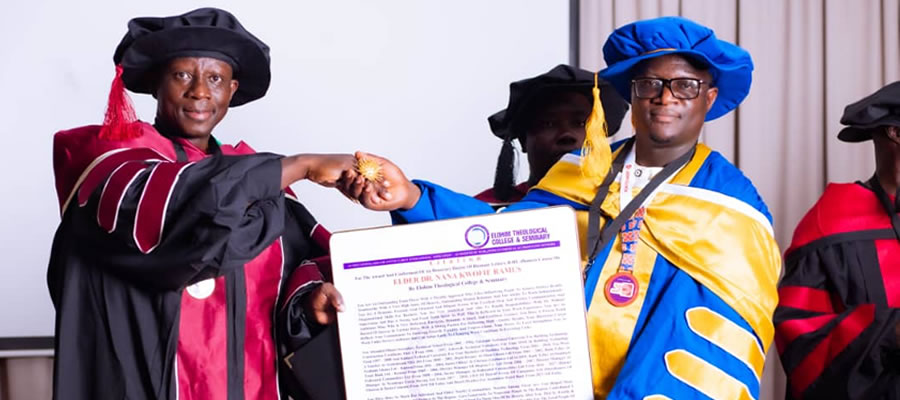

Introduction
People with disabilities in Ghana are often regarded as unproductive and incapable of contributing in a positive way to society, and are rather seen as constituting an economic burden on the family and the society at large. In Ghana there are rarely strong disability movements actively working to improve the living conditions for people living with disabilities. Disabled persons are not often represented in civil society and Ghana is no exception. A number of national policies and strategies have been targeting the needs of Persons with Disabilities (PWDs), either individually in the different sectors or as crosscutting issues in national programs. PWDs in Ghana are subject to various forms of exclusion, discrimination, and stigmatization. A combination of culture and political economy has ensured that PWDs must contend with barriers that are not faced by the general public. PWDs are also stereotyped and relegated to the fringes of society (Disability Situation in Ghana, October 2013). This chapter analyses disability in the Municipality by type of locality, disability type and sex and by activity status.
Type of Disability
Table 6.1 shows the population by disability type and sex. The Municipality has 1.5 percent of the population with disability. Among those with disability, 43.2 percent have sight disability, followed by those with physical disability (26.1%) and hearing (17.2%) and speech (15.5%). There is a slight disparity between males and females in areas of disability. The table also indicates that persons with disability with emotions are higher among females (13.5%) than males (11.8%).
Distribution by type of locality and sex
Table 6.2 shows the population with disability by type, locality and sex. There are slight differences in the male population with disability with sight in both localities. The proportion of people with sight disability is high in rural areas (44.2%) than urban areas (41.5%). The proportion of males in the urban locality with physical disability is higher (25.3%) than that their female counterparts (21.9%). In the rural areas proportion of females with physical disability is 30.2 percent as compared with 25.1 percent of their urban counterparts.
Disability and Activity Status
Table 6.3 show persons 15 years and older with disability by economic activity status and sex. Of the district population with disability 15 years and older, 54.3 percent are employed, 0.7 percent are unemployed while 45.0 percent are economically not active. Majority of persons with disabilities (regardless of the type of disability) are employed. However, those with Sight disability (57.0%) are highest employed persons with disabilities in the Municipality.
Also, unemployment among persons with disabilities remains generally low, however, rates of those with speech disability (1.5%) are the highest unemployed persons with disability. Majority of persons with intellectual disabilities (59.9%) and Emotional disabilities (59.7%) are among those who are economically not active.
There are little variation among the sexes considering disability and economic activity status. Generally it follows similar patterns as is observed for total disability status.
Disability and education
Educational level is generally low among the population with disability. The percentage of persons with disabilities (PWDs) who have never attended school is 24.2 percent. However, majority of persons with disabilities have attained some basic education (54.9%). Also, 10.6 percent of PWDs have attained at least SSS/SHS and higher education. Majority of PWDs with sight impairment (44.6%) have attained basic school education, while 39.5 percent of them have never attended school.
It significant to mention that, persons with speech and hearing impairments are among the lowest with educational attainment up to SSS/SHS and above. Also, the proportion of persons with physical disability have the highest number of them never attending school.
Date Created : 11/21/2017 1:41:43 AM











 facebook
facebook
 twitter
twitter
 Youtube
Youtube
 +233 593 831 280
+233 593 831 280 0800 430 430
0800 430 430 GPS: GE-231-4383
GPS: GE-231-4383 info@ghanadistricts.com
info@ghanadistricts.com Box GP1044, Accra, Ghana
Box GP1044, Accra, Ghana